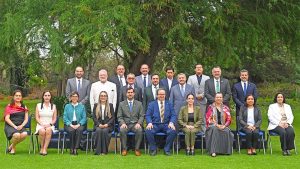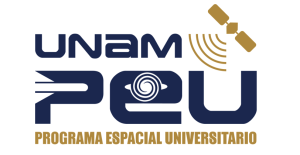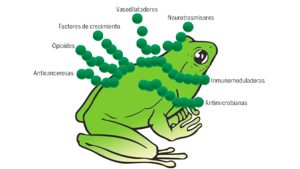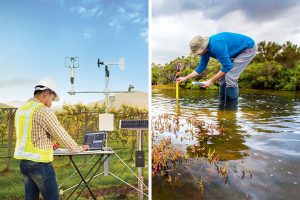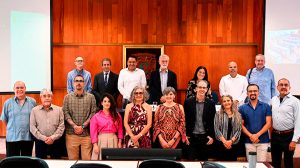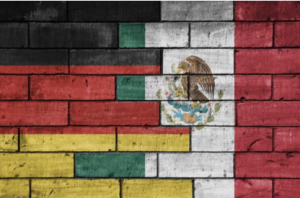Mexico Hosts Global Student Satellite Challenge
UNAM’s University Space Program (PEU) hosted the awards ceremony for the CanSat World Cup 2025, an international competition where students design and build all the core subsystems of a real satellite, including power supply, electronics, sensors, structure, and telemetry, within a compact, soda-can-sized format.
In the hands-on phase held last weekend, each CanSat was launched using a drone. The main challenge was to carry out a scientific experiment and ensure the payload’s safe landing, which in this case was a raw egg.
According to program coordinator José Francisco Valdés Galicia, the goal of the competition is to give university students practical experience in a project that applies their knowledge of space technology. He reported that 121 teams, comprising 717 students, registered for the event. Among them, 28 were graduate students and the rest were undergraduates from 61 higher education institutions in 20 countries across Latin America, as well as India, Spain, and the Netherlands.
Valdés Galicia noted that over the years, the competition has become a regional reference point and is now on par with similar multinational events hosted in countries with larger science and technology budgets.
During the ceremony held at the Tlayolotl Auditorium of the Institute of Geophysics, he expressed his pride in witnessing how a competition that began at the university level in 2014 has evolved into an international academic program and a unique learning experience.
In attendance were Teresa Sánchez Salazar, Director of the School of Geography; Herlinda Montiel Sánchez, Director of the Institute of Applied Sciences and Technology; Ramón Gutiérrez Castrejón of the Institute of Engineering; and Guillermo Ayala Correa, Director of Science and Knowledge Transfer at Mexico City’s Secretariat of Education, Science, Technology, and Innovation. The top 10 teams were recognized during the ceremony.
The winning team, “Eggsplorer,” included UNAM College of Sciences students Gustavo Castelan Mijangos, Andrea Flores Leyva, Karen Mondragón Huerta, Jonathan Uriel Sanjuan Herrera, Diego Oswaldo Flores Vicente, and Quino Camacho Fidel, under the guidance of their advisor, José Luis del Río Valdés.
A CanSat, short for “can-sized satellite,” is a simplified model of a real satellite, designed to fit within the dimensions of a soda can. These devices are used as educational tools that engage students in realistic space mission simulations.

